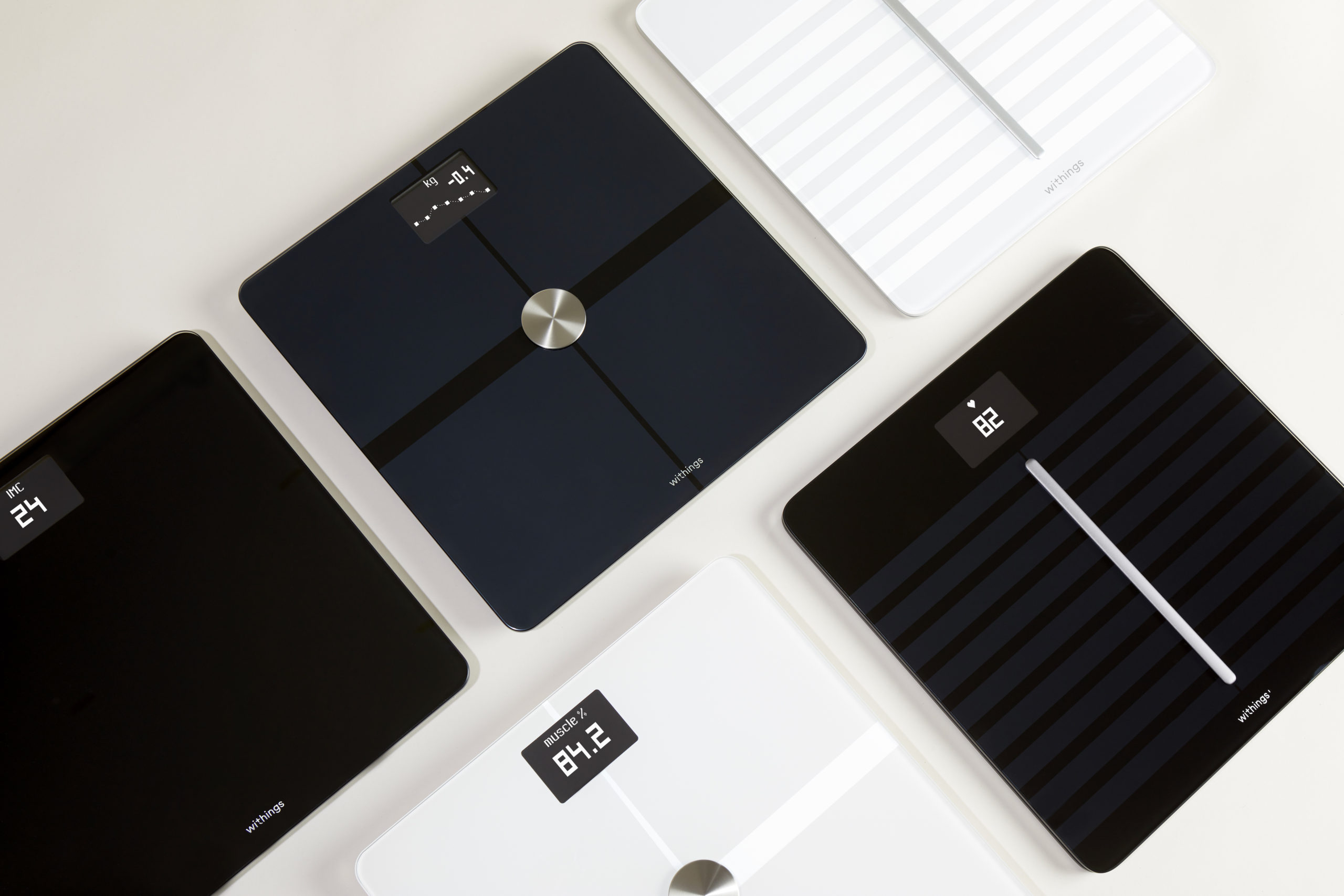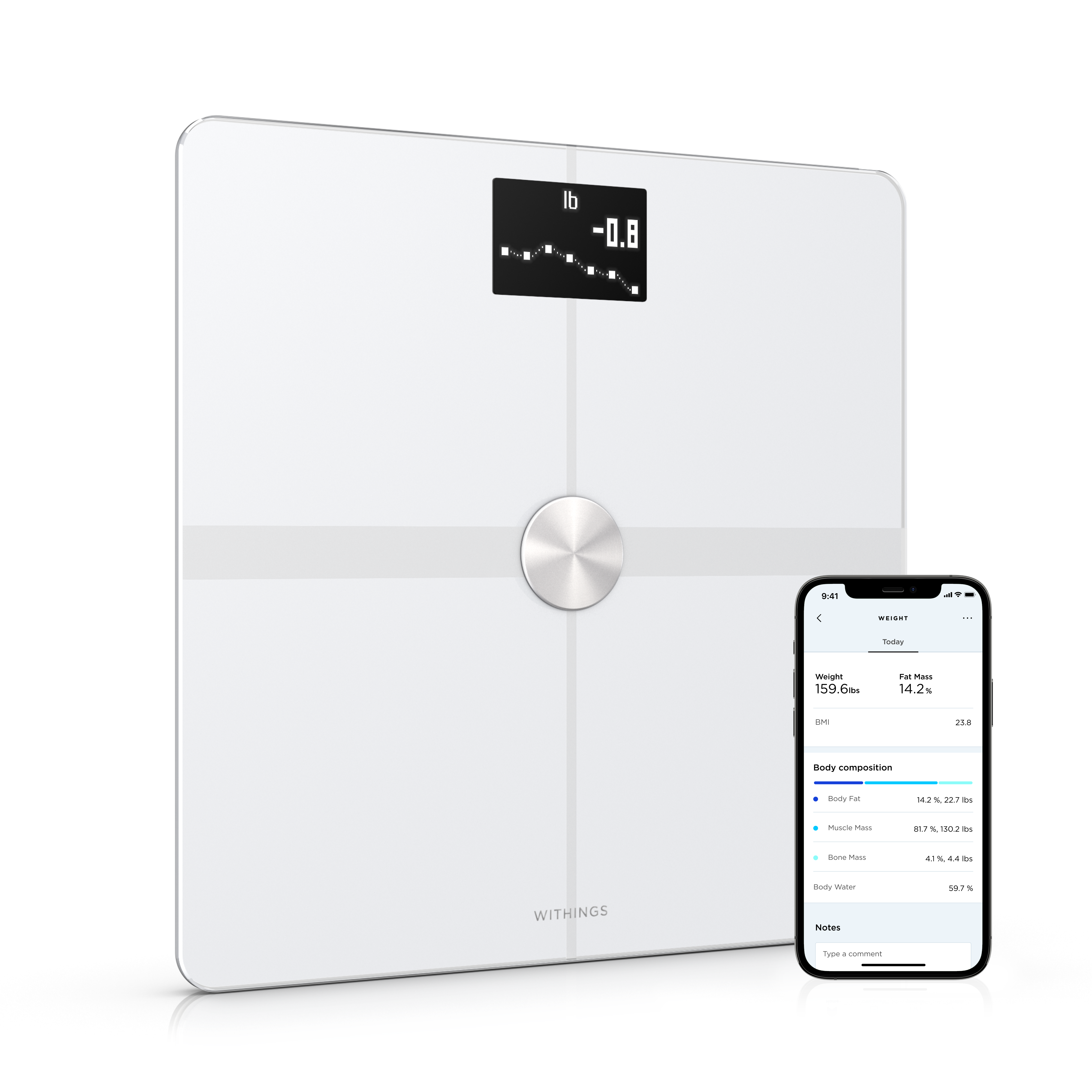
With a few simple tips, you can put together a weigh-in routine that allows you to track your long-term weight trends over time.
Why monitor your weight over time?
Your weight is a powerful indicator of your health. Too much food or an unbalanced diet can lead to excess fat or excess weight. On the other hand, modern living conditions, such as stress or fashion trends, can sometimes lead to eating disorders and abnormal weight loss. Prevention remains the best way to avoid diseases caused by malnutrition and medical complications related to obesity. Therefore, controlling physical fitness and managing your quality of life should involve regular monitoring of weight, fat and muscle mass.
When is the best time of day to weigh yourself?
The best time to weigh yourself is the time you choose. The only constraint: It is important to weigh yourself at the same time each day, and ideally, under the same conditions. Your weight varies throughout the day depending on your diet, digestion, and physical activity, so keep the same routine. To get the most accurate results it may also help to weigh yourself:
- in the morning, 30 minutes after waking up
- after going to the bathroom
- nude or in underwear
- on the same scale in the same location
- after fasting (drinking a maximum of 1 or 2 glasses of water)
- without having exercised
How often should you weigh yourself?
If you are trying to lose weight, consider weighing yourself at least once or twice a week. Regular weigh-ins allow you to get to know your body. You will then be able to detect an involuntary weight gain or loss that could be a symptom of a possible condition or a sign that it is time to change your lifestyle. Tracking long-term trends is more important than worrying about daily variations in your weight.
Finally, we’ve found that people who weigh themselves regularly and track their food intake lose seven times more weight than those who don’t. When you weigh yourself regularly, it’s easier to stay motivated.
In 2013, American researchers instructed several people with a weight-loss goal to weigh themselves regularly (at least twice a week). They also followed another group of people who had a weight goal, but did not give them specific instructions. The first group lost more weight compared to the second group (after 3 months: 4.41% vs. 0.37%; after 6 months: 6.55% vs. 0.35%), and a greater percentage achieved 5% (42.6% vs. 6.8%) and 10% (27.7% vs. 0%) weight loss.
And within the Health Mate application, you can even set reminders to help you get into the habit of weighing yourself at set times.
How does setting a weight goal contribute to weight loss?
Setting a weight goal is powerful. According to a study conducted between July 2015 and July 2016 among Withings users, setting a target weight encouraged users to be more active. In fact, people who set a goal took approximately 1,350 more steps per week than those who did not. Setting a target weight also encouraged users to weigh themselves more often, a habit that also appears to promote weight loss. Users with a target weight also weighed themselves about 6% more often than users without a target weight.
So if you’re not satisfied with your current weight, don’t panic! By making a few small changes in your weigh-in routine, you may reach your weight goal and keep it more easily than you think.



